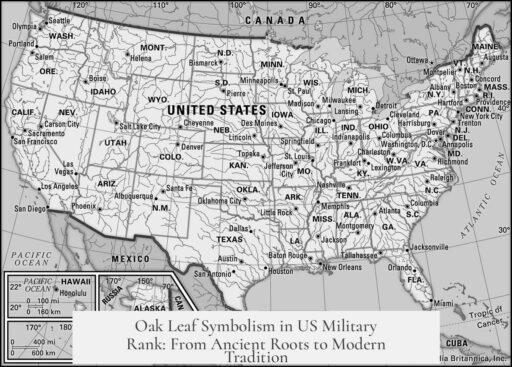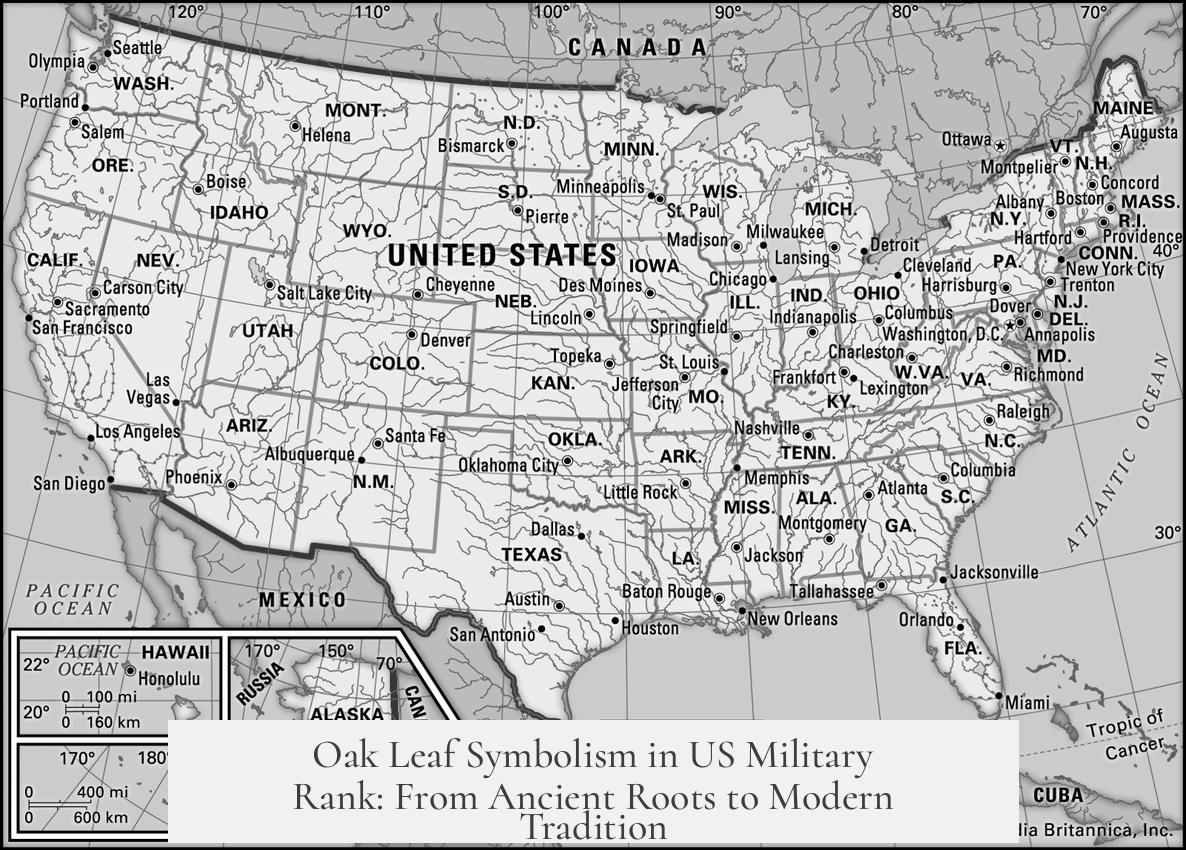The US military uses an oak leaf as a symbol of rank due to its long-standing association with authority, strength, and service dating back to ancient times, combined with its historical adoption in military traditions originating from both British and early US forces.
The use of oak leaves as rank insignia has deep historical roots. In the British military, oak leaves signify commendation and high rank, such as the “Mentioned in Dispatches” honor or the Field Marshal rank. This tradition influenced the US military’s adoption of oak leaves for ranks like Lieutenant Colonel and Major, established in 1836. The Army created this insignia to distinguish field-grade officers, while the Navy followed suit during the Civil War era, adopting similar symbols for staff officer branches.
Oak leaves also appear on dress caps as embellishments called “scrambled eggs,” denoting field grade officers and above, which visually underscores their status and authority.
The symbolic significance of the oak leaf goes beyond military use. Oak leaves have represented authority since Roman times. Roman emperors and senators famously wore oak wreaths as emblems of their power and service to the state. The oak tree’s enduring cultural significance as a male fertility symbol and a sacred civic symbol—where trials and marriages were conducted under oak trees in some societies—enhances its suitability as a military emblem that conveys strength, duty, and honor.
| Aspect | Details |
|---|---|
| Historical Origin | Roman Empire, British military, US Army (1836), US Navy (Civil War) |
| Symbolic Meaning | Authority, strength, service to the state, fertility, sacred civic traditions |
| Military Usage | Rank insignia for field-grade officers, commendations, cap embellishments |
- Oak leaves symbolize power and authority with ancient origins.
- The US military adopted oak leaf insignia for specific ranks by 1836.
- They continue to signify rank and commendation visually.
- The tradition links to both British and early US Navy history.
Why Does the US Military Use an Oak Leaf as a Symbol of Rank?
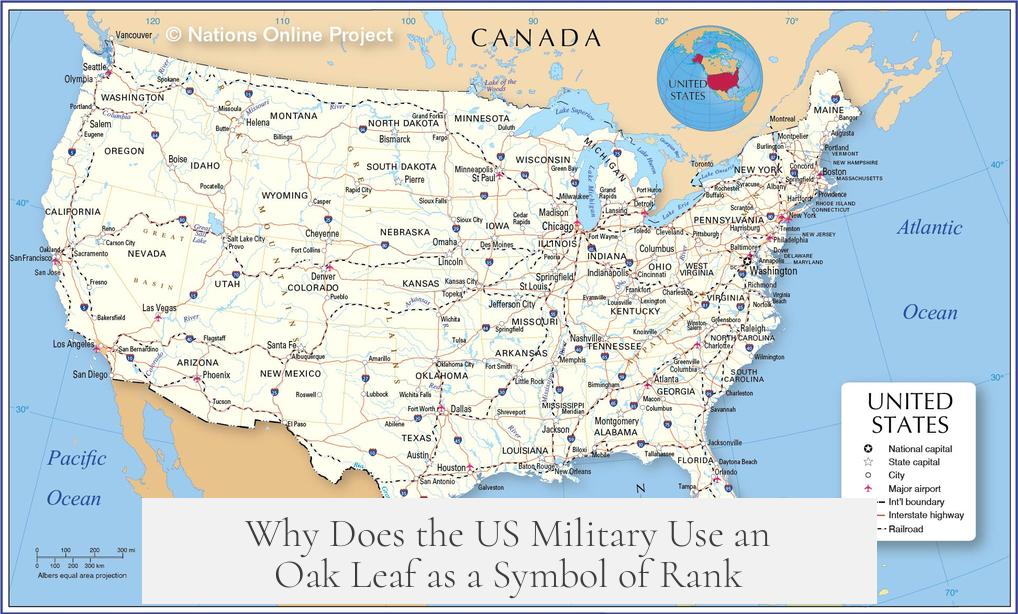
The US military uses the oak leaf as a symbol of rank because of its long-standing association with authority, service, and strength, dating back to ancient Roman times and adopted through early US military traditions in the 19th century. This iconic symbol serves not just as a rank marker but as a link to history, cultural significance, and military tradition.
Now, that’s the quick answer. But have you ever wondered how a simple leaf ended up becoming a distinguished emblem on the shoulders—and hats—of some of America’s key officers? Let’s unpack this curious and robust symbol in detail.
From Ancient Rome to Modern America: The Oak Leaf’s Symbolic Roots
The journey of the oak leaf as a symbol of authority begins thousands of years ago. Cindee Herrick from the Coast Guard Museum notes its significance in ancient Rome. Roman senators and emperors didn’t just wear fancy crowns; they often sported wreaths made from oak leaves.
The oak wasn’t chosen at random. It embodies strength, endurance, and protection. Ancient peoples revered oak trees, sometimes treating them as sacred. In some cultures, important public proceedings—like marriages and trials—were held beneath mighty oak trees, symbolizing civic authority and justice. Think of it as the original courthouse and city hall wrapped into one leafy package.
The oak also represented fertility and masculine power, tying it deeply to ideas of leadership and service to the state. So, when Roman leaders wore oak leaf crowns, it was a powerful way to declare their status and commitment to the public good.
The British and Early US Military Traditions
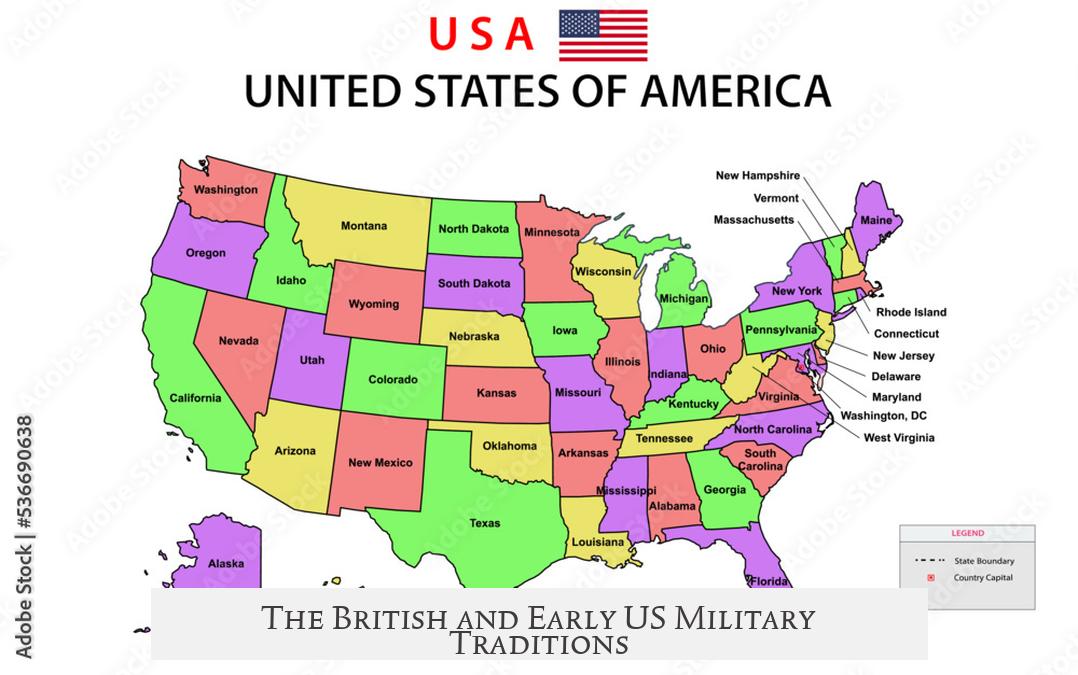
These symbolic associations didn’t vanish with the fall of Rome. Instead, they filtered through history, influencing military traditions across Europe and later, America.
In the British Army, oak leaf insignia appears in top ranks like Field Marshal (a rank currently dormant in practice). Even in commendations, oak leaves denote honor. If a soldier was “Mentioned in Dispatches”—a humble yet honorable form of recognition—they wore an oak leaf on their campaign medal to signify this.
Interestingly, the US military borrowed and adapted these practices. The oak leaf cluster adorns medals to show multiple awards, connecting wearers to the same spirit of courage and service that the British recognized.
The US Navy’s Early Adoption—and Staff Officer Insignia
While the US Army officially adopted the oak leaf for rank insignia in 1836, the Navy was ahead of the game in a different sense.
Records from 1830 mention oak leaves on Navy officers’ coats. The Navy used oak leaf insignia to distinguish branch staff officers rather than line officers, who wore stars. This distinction still exists. For example, chaplains stand out as an exception, marked by their own unique symbols.
During the Civil War, the Navy formally embraced the oak leaf rank insignia. Before that, all naval officers held the rank of Captain, so the oak leaf helped clarify the chain of command amid expanding duties.
Oak Leaves on Caps and Uniforms
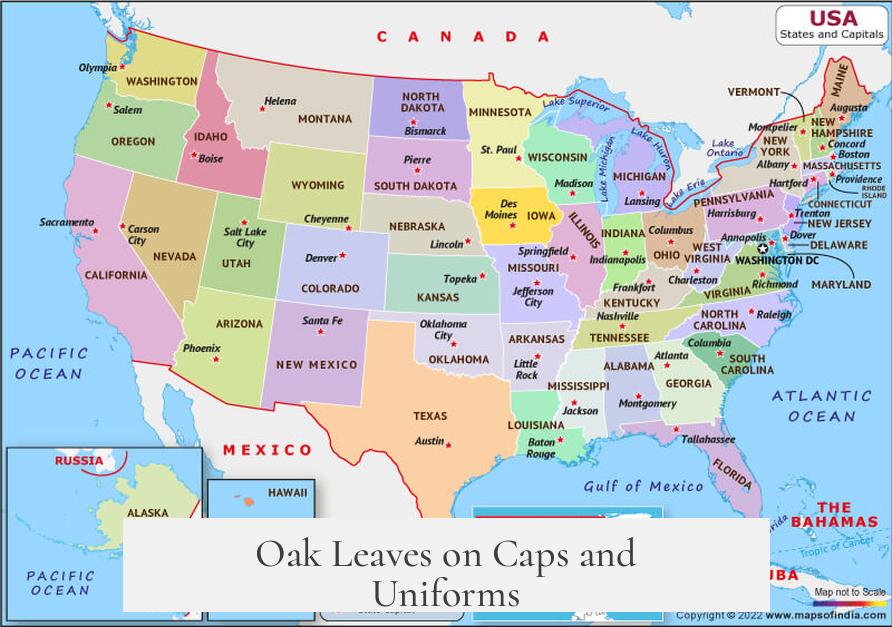
Look closely at the service caps of US field-grade officers (Majors, Lieutenant Colonels, and Colonels), and you’ll spot the “scrambled eggs.” These gold oak leaves embroidered on the visors symbolize rank and authority.
This decorative tradition adds flair and clear visual communication. It says, “I’m not just any officer—I carry the weight and responsibility you respect.” Plus, it adds a dash of classy pomp to military uniforms.
Why Still Use Oak Leaves Today?
Military symbols aren’t just artistic flair—they are functional tools of communication. They help quickly identify a person’s rank and role in high-pressure environments. The oak leaf’s blend of ancient symbolism and historical military use makes it a perfect choice.
It’s a small symbol with a big legacy. For Lieutenant Colonels and Majors, wearing the oak leaf connects them to centuries of leaders, warriors, and public servants. It’s a reminder of duty, honor, and the strength to serve.
Thinking Like a Military Historian: Practical Takeaways

- Oak leaves aren’t random decorations—they are carefully chosen for their deep meaning.
- Symbols like oak leaves help create continuity between ancient civic duty and modern military service.
- Understanding these symbols enhances respect for military rank structures and history.
- Next time you see a major’s or lieutenant colonel’s insignia, remember: that leaf is a badge of centuries-old authority.
Final Thoughts: More Than Just a Leaf
The US military’s use of the oak leaf as a rank symbol is about more than tradition—it’s about embodying values such as strength, honor, and civic duty. From the Roman Senate to American battlefields, the oak leaf stands tall as a badge of authority.
So, the next time you’re curious why a leaf holds so much power, think about its roots—both literally and metaphorically. It’s an emblem that whispers stories of ancient leaders, battlefield valor, and the ongoing commitment of those who serve.
Have you ever noticed other military symbols with intriguing histories? What do you think makes some symbols stick while others fade? Armed with these insights, the world of military ranks might just seem a little less mysterious and a lot more fascinating.
